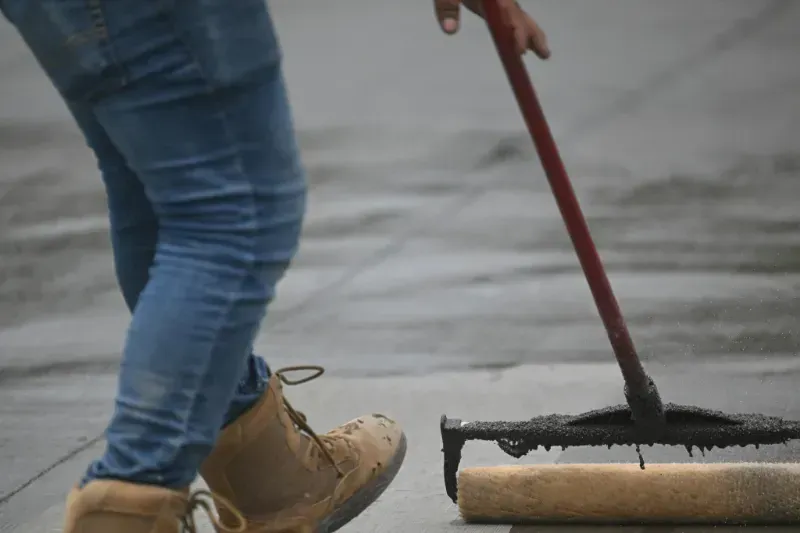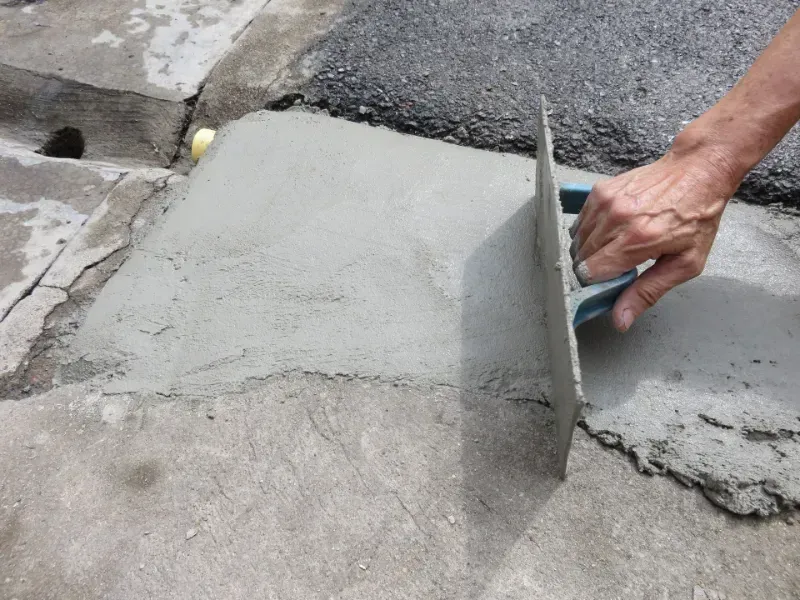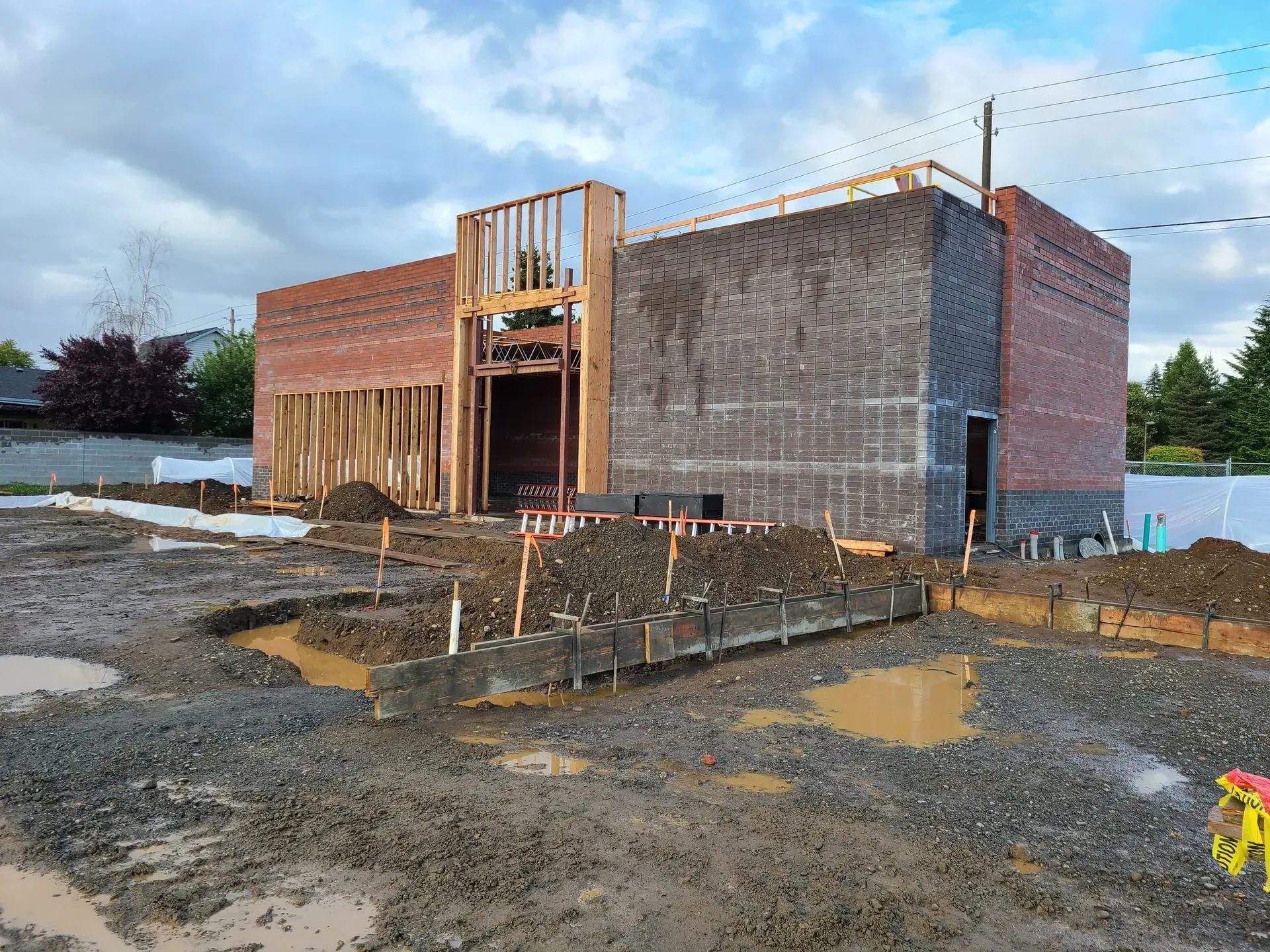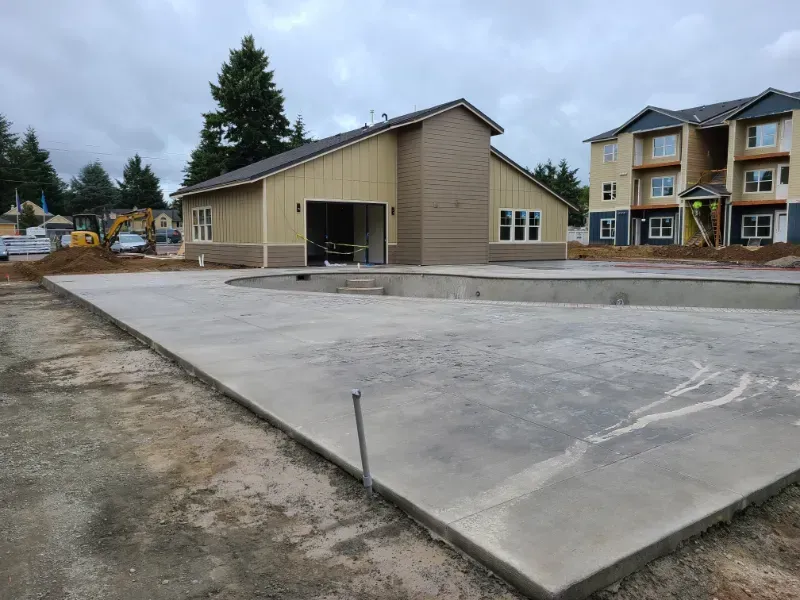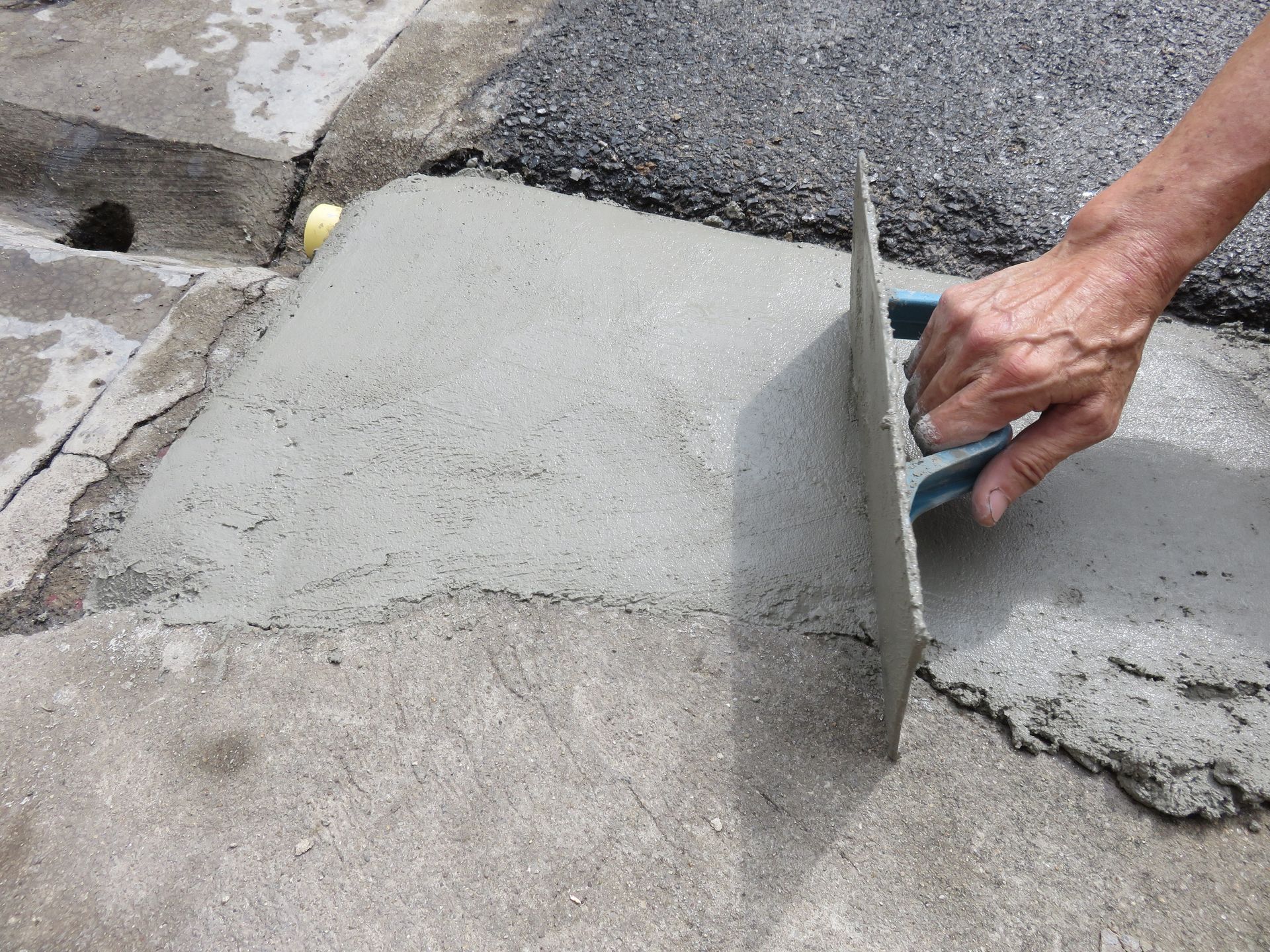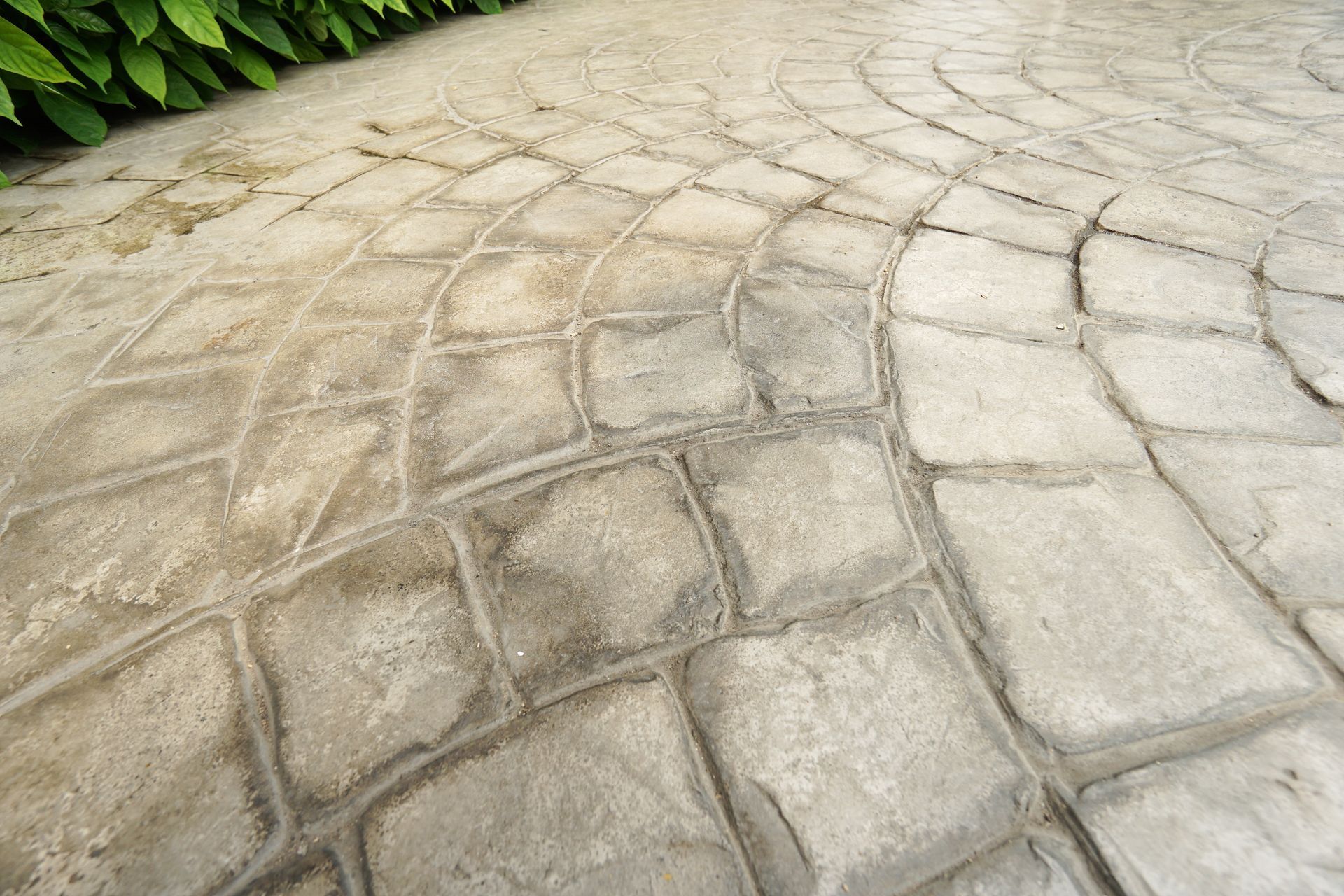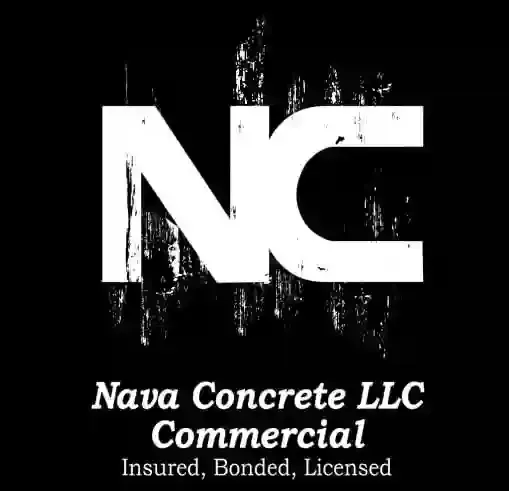Concrete Installation Guide: What to Expect for Beginners
Are you ready for your first concrete installation? Does the thought make you hesitate at the threshold of decision? What if you could approach your first concrete project with the insight and confidence of a seasoned pro?
This concrete installation guide promises to transform your uncertainty into excitement, equipping you with the knowledge to navigate every phase of your concrete installation—from our initial handshake to the final inspection.
As we break down each crucial step, you'll discover how detailed planning leads to flawless execution, ensuring a durable, perfectly matched finish to your vision. Let's begin simplifying the complexities of concrete installation together.
Simplified Step-by-Step Guide for Concrete Installation
Initial Consultation and Project Assessment
The gateway to successful concrete installation begins with a crucial initial consultation and project assessment.
Here, you’ll meet with seasoned contractors in Vancouver who will guide you through outlining your project expectations and vision.
At the initial discussions, expect every detail to be scrutinized—from soil conditions at your site to potential logistical challenges and crucial steps for identifying the right materials and methods in the concrete installation while minimizing risks and delays.
These early interactions set the project's trajectory, ensuring a viable and tailor-made plan that complies with local Vancouver standards beyond establishing a foundation for clear and open communication throughout the construction process.
Now how can you prepare? Simply know your goals and constraints. This foundational meeting not only aligns visions but also paves the way for smooth project management.
Design and Planning Phase
Right after the initial assessments, the design and planning phase takes center stage. During this concrete installation process, everything about your project starts to take shape.
All technical details, including dimensions, load requirements, and materials, are finalized before any concrete is poured. This stage is essential to ensure that your structure will be firm and will serve its purpose.
Expect contractors and designers to collaborate closely, drawing up detailed blueprints and meticulous plans that meet your specific needs while adhering strictly to regulatory standards, from safety measures to environmental impact.
Speaking of regulations, securing permits confirms everything is up to code, preventing any legal headaches and paving the way for a zero-delay build.
Preparing the Site for Concrete Pouring
Preparing the site includes clearing debris, vegetation, or obstructions to create a clean, level base. Next, formwork is set up around the pouring area, acting like a mold to shape the concrete as it sets, ensuring precise alignment with your project plans.
For clients, ensuring the formwork is secure and checking its alignment can prevent costly mistakes. Adding rebar or mesh within the formwork will strengthen the concrete, setting the stage for a successful pour.

The Concrete Pouring Process
Now we are at the most exciting part: the actual pouring of concrete. While this can be the most straightforward step, it still requires careful coordination and timing.
The concrete mix, whether prepared on-site or delivered, should only be poured once it meets specific requirements for the project concerning consistency, strength, and durability.
During the pouring, just wait and see how experts carefully dispense the concrete into the formwork.
Here’s how we verify that the concrete is spread evenly and any potential air pockets are removed:
- Continuously monitor the concrete mix and adjust as necessary, a step called quality control.
- Using the right tools, we spread the concrete evenly within the formwork.
- Through vibrations, we eliminate air pockets and only leave a dense, uniform texture on the mix.
- After the concrete has settled, it's time to smoothen the surface with trowels.
While you don't need to do anything as a client, our concrete installation specialists will carefully oversee this process. Doing so will guarantee industry-standard work and avoid issues that could affect the concrete’s long-term performance.
Curing and Finishing Touches
Now that the concrete is poured, the curing process begins. Concrete curing is vital for achieving maximum strength and durability. Proper curing involves maintaining the appropriate moisture and temperature levels, ensuring the concrete slowly sets and hardens to its full potential.
This process can take several weeks, depending on environmental conditions and the specific requirements of the project. Techniques such as covering the concrete with plastic sheeting or continually misting it with water are commonly used to maintain the necessary conditions.
After the concrete has sufficiently cured, finishing touches are applied to achieve the desired surface texture and aesthetic.
Various finishing techniques are employed depending on the intended use and appearance of the concrete surface. Common methods include troweling for a smooth finish, stamping to create patterns, and applying sealants for additional protection and shine.
These finishing steps enhance the functional properties and visual appeal of the concrete installation.
Conclusion
In summary, your first concrete installation doesn't have to be overwhelming. Understanding the process is key to building confidence and reducing uncertainty.
From the initial consultation and site assessment to detailed planning, site preparation, and concrete pouring, every step ensures that your project aligns with your vision and is built to last.
As you navigate each phase, you'll discover how careful planning and execution lead to a durable, high-quality finish. By following this guide, you'll be ready to approach your project with the insight needed for a successful concrete installation in Vancouver.
Wondering how much a concrete installation costs? There is no one-size-fits-all answer since it all depends on factors like project size, site prep, and added features. To get an accurate estimate, consult your local concrete specialist.
Start Your First Concrete Project with Nava Concrete LLC
Ready for your custom concrete installation? Nava Concrete LLC in Vancouver is your expert partner in this venture. Dial (360) 721-8093 today and let's discuss how our tailored concrete solutions can enhance your space.
Whether it's your first time or you're looking to upgrade, our comprehensive guide and hands-on approach ensure a smooth, transparent process from start to finish. Don't wait—reach out now and take the first step toward a solid, stylish concrete installation with Nava Concrete LLC.
CONTACT US
You can also find us here:
QUICK MENU
All Rights Reserved | Nava Concrete LLC
